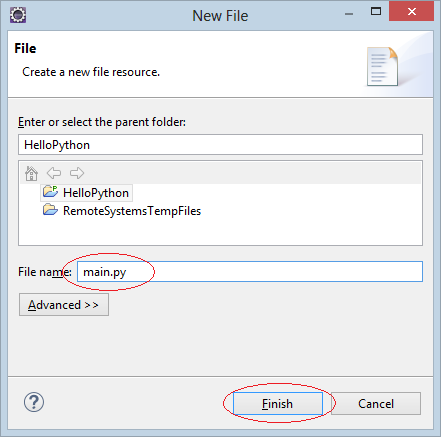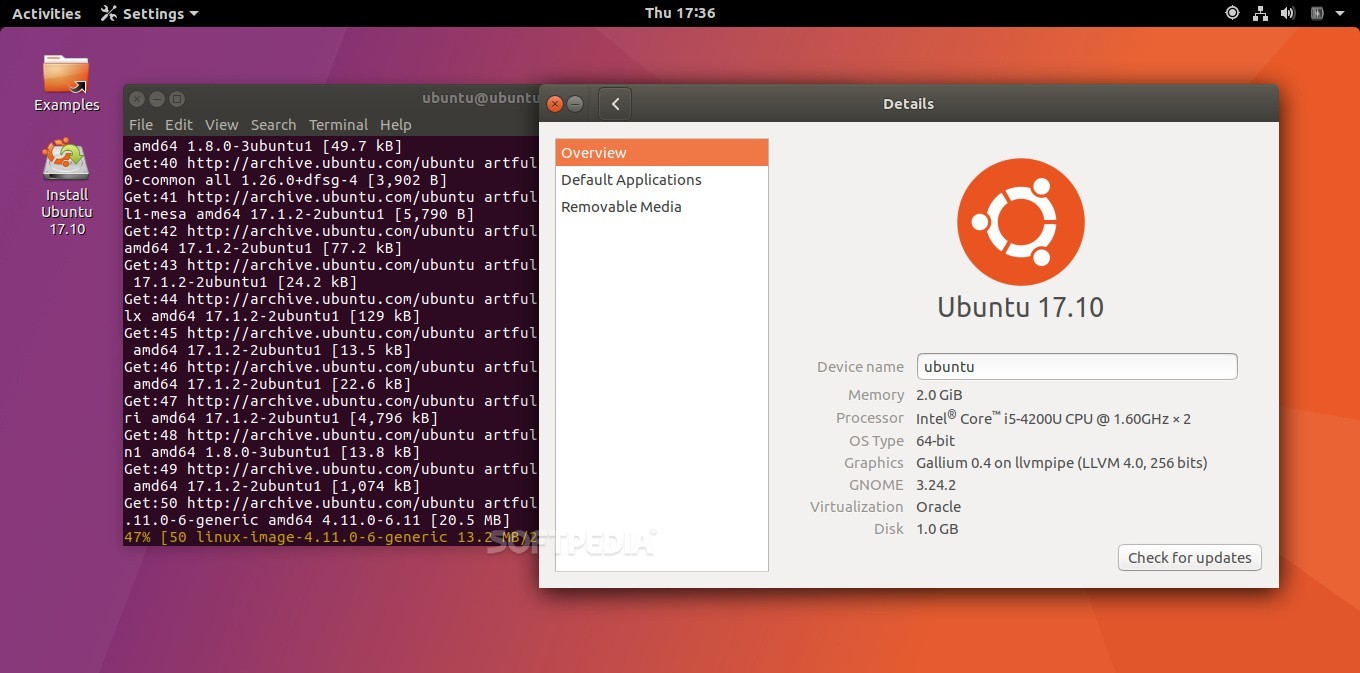

- #Windows ubuntu python 3.6 how to
- #Windows ubuntu python 3.6 install
- #Windows ubuntu python 3.6 windows
Install the Python development environment on your systemĬheck if your Python environment is already configured:
#Windows ubuntu python 3.6 windows
Ubuntu and Windows include GPU support.įor TensorFlow 1.x, CPU and GPU packages are separate: tensorflow -Latest stable release with CPU and GPU support (Ubuntu and Windows).Have fun building with Python, on Ubuntu, on Windows! Sometimes you gotta tie a pizza to your bike. Then runserver -> navigate to the designated address -> and see our site.


Now lets install ‘requests’ into our newly created virtualenv:įinally we’re going to test this with flask.įirst we install the required files using pip into our activated ‘venv’ See the next image for a simple workflow. Or start a new command prompt->bash and try “workon” or “lsvirtualenv” This is what it looks like in nano for me. So instead I added those lines to my bashrc script. This might not happen to you, but when I opened a new bash terminal I had to re-source my virtualenvwrapper.sh and WORKON_HOME. Here’s an example of what it looks like to remove our venv directory and instead use venvv which will be stored in the directory underlined in red. Create virtualenv using virtualenvwrapper $ source /usr/local/bin/virtualenvwrapper.shĬan be customized to whichever directory you’d like to place your virtualenvsħ. So we use VirtualEnvWrapper to keep our virtualenvs in the same place.īefore we move on make sure you deactivate your env Which is cool, but can be confusing with git, sharing code, and testing package versions. Now you’ve created a virtualenv inside of your my_project_folder directory. You should now see a little (venv) before your prompt. Now we’re basically following along with the guide presented at Īgain, you might need to start an elevated prompt to install virtualenv. Use exit to return to the regular prompt. If you have permission issues try starting an elevated prompt: You can go in there now and run python scripts that might already exist, but your probably won’t have all the necessary packages installed.īefore we move forward we want to make sure Ubuntu is up to date. That’s your user directory for windows where your OneDrive, Documents, Desktop, etc. Now that its installed try opening a command prompt and typing bash.
#Windows ubuntu python 3.6 how to
How to Geek has a good breakdown of making it happen. Here’s the announcement blog for context. So here’s how to setup an effective environment for Python on Ubuntu on Windows. Now that bash is on Windows, I wanted to try and make all the other guides I’d writen for Python on Windows irrelevant. on Python Flask Windows Development Environment Setup

PyNewbea on Python Flask Windows Development Environment Setup.Foxpass on Generating an SSH Key and Using it on Azure.timbo on Using Deployment Slot Settings in Azure Web Apps.Testing Application Insights with Java to Test Azure Function Concurrency.


 0 kommentar(er)
0 kommentar(er)
